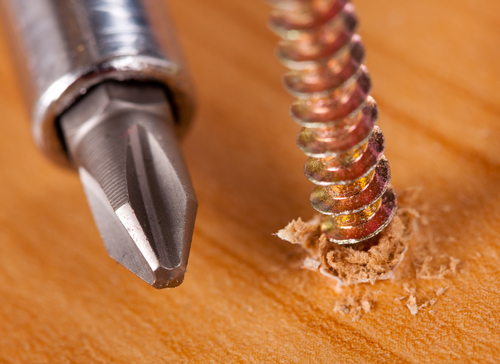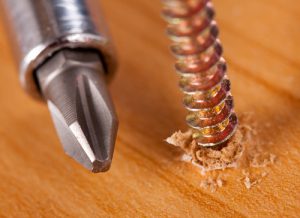The Role Of Friction In Fastener Use

In order to use fasteners properly, it’s usually important to understand the technical details that might affect the performance of each fastener. Once you gain an understanding of this, you will be in a better position to then alter the different parameters of your fastener installation process to ensure that you get the most perfect fit possible. One of the technical issues you need to address is that of friction. Friction is actually the most important element of fastener use, and it’s important to therefore always ensure that you get the most out of it when you put fasteners in place. Some of the roles it has to play include:
- Ensuring that the fasteners stay in place: This is one of the most obvious roles of friction in fastener use. When there is enough friction between the fasteners and the material being fastened, the fasteners are more likely to stay in place for much longer.
- Resistance to vibration: When a fastener is exposed to too much vibration, it has the tendency to become more loose on account of the increased microscopic movement. Having enough friction between the fasteners will reduce this effect. This means that when you are fastening an item that is likely to be exposed to too much vibration, you need to ensure that the friction between the fastener and the material is enough.
How to ensure that the friction between the moving parts is enough
It is clearly very important to ensure that there is as much friction as is needed between fasteners. However, how do you go about ensuring that it’s actually enough? The main method of verifying this is through the use of torque. Torque is a measure of the rotational force that a material is subjected to. When you install a fastener using higher levels of torque, it’s likely to be exposed to more friction. This in turn means that you will benefit more from all the above.
However, you need to be careful with this, since having too much torque is also associated with a few problems. The most important one is the fact that the fastener may end up becoming damaged, and will then become loose. In addition to that, when the torque surpasses the plastic limits of the metal, it’s likely to lead to breaking of the shafts of fasteners such as steel socket head cap screws and Inconel hex head cap screws.
Other measures to take for ensuring adequate friction
Other measures you can take include making sure that you use washers during the installation of the fasteners. You may also need to pay attention to the guide holes through with the fasteners are used. When the guide holes are of the right size, it’s much easier to maintain the right amount of friction, which will in turn ensure that the fasteners stay in place for long.
All in all, friction is something that you should pay attention to when installing fasteners. Using the tips above, you can then get the most out of it without compromising the structural integrity of the fasteners in question.
About the Author

Started my career in the fastener world in 1969 at, Parker Kalon Corp. a NJ based screw manufacturer located in Clifton, NJ working in inventory control, scheduling secondary production and concluding there in purchasing. In 1971 I accepted a sales position at Star Stainless Screw Co., Totowa, NJ working in inside sales and later as an outside salesman, having a successful career at Star I had the desire with a friend to start our own fastener distribution company in 1980 named: Divspec, Kenilworth, NJ. This was a successful adventure but ended in 1985 with me starting Melfast in August 1985 and have stayed competitive and successful to date. Melfast serves the OEM market with approximately 400 accounts nationally.
